Marco Siffredi was a 23-year-old French snowboarder who grew up conquering the slopes of the Alps.
Always chasing bigger challenges, Siffredi made history in 2001 by becoming the first person to snowboard down Mount Everest.
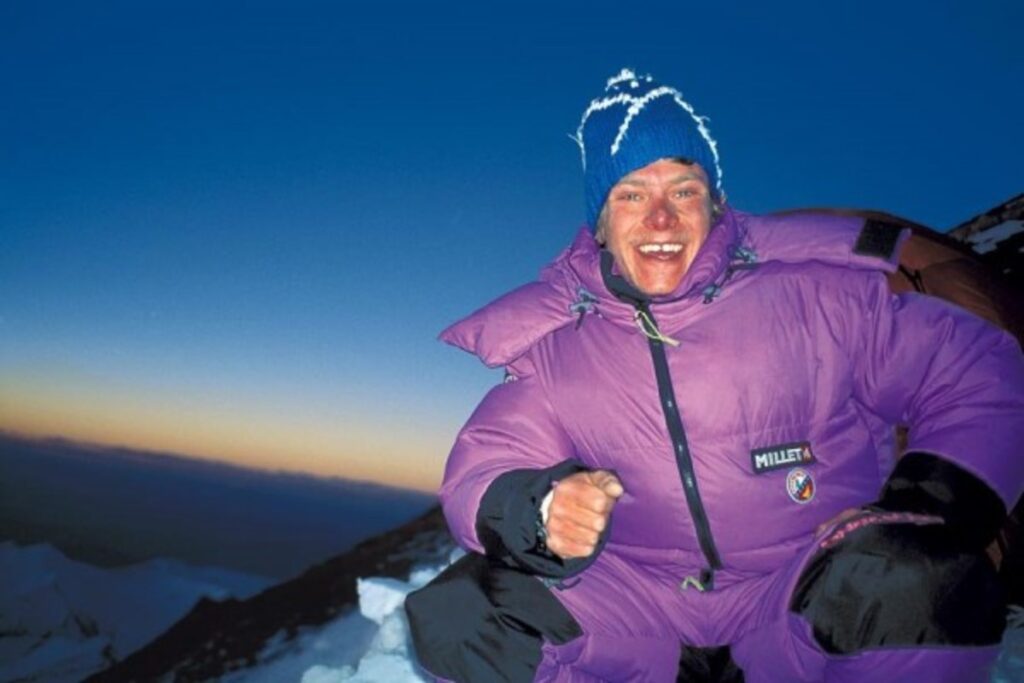

But Holbein Couloir, a more treacherous Everest route, was his holy grail. In 2002, he returned to the Himalayas to complete his second descent. He was never seen again.
Background
Marco Siffredi was born on May 22nd, 1979, in Chamonix, France, to parents Phillipe and Michelle. Chamonix hosted the first ever Winter Olympics in 1924, and since then, it has become the place to be if you enjoy skiing.
So it’s no surprise that the Siffredi family was very passionate about winter sports. After all, the peaks of the Aiguilles Rouges and the Aiguille du Midi were right there, waiting to be conquered.
Being a mountain guide, Siffredi’s father was very supportive of his children’s wishes to try skiing.
And Siffredi didn’t lack motivation either because people around him were always talking about incredible achievements by other famous skiers, such as Jean-Marc Boivin, who descended the Frendo Spur on the Aiguille du Midi in July 1977.
By the time Siffredi was in his early teens, snowboarding was gaining popularity both globally and locally. So in the spring of 1995, he decided to learn how to snowboard.
It came naturally to him since he had essentially grown up on skis. Soon, Siffredi wanted to tackle bigger and more dangerous slopes.
The rebel with a snowboard
In May of 1996, Siffredi was ready for the Mallory route on the North Face of the Aiguille du Midi. Tourists often visit the 12,605-foot-tall mountain by taking a cable car from Chamonix.
But the Mallory route isn’t for the faint-hearted. It is 3,000 vertical feet long with slopes of 55 degrees and exposed terrain that poses a challenge for the best skiers.
Falling is simply not an option. But Siffredi, who had just turned 17, completed his descent perfectly.
Shortly after, he set his sights on Chardonnet and successfully descended on a snowboard alongside Philippe Forte, his good friend who would become a part of Siffredi’s team.
In the fall of 1998, Siffredi and Forte were accompanied by a photographer named René Robert on their next adventure. They went to Peru to conquer Tocllaraju, a 19,797-foot-high mountain in the Andes.
Although the summit was challenging, the rush of descending such difficult terrain and doing it flawlessly made up for all the difficulties. Unfortunately, Philippe Forte tragically lost his life just months later, on January 28th, 1999, in an avalanche on the Grands Montets area near Chamonix.
More determined than ever, Siffredi decided to descend the Nant Blanc on the Aiguille Verte. The last person to do so was one of Siffredi’s idols, Jean-Marc Boivin, in 1989.
Siffredi picked the right time for his descent, and the conditions were in his favor. In June of 1999, he successfully snowboarded down the dangerous slope, which has been documented by Robert, who was there with his camera.
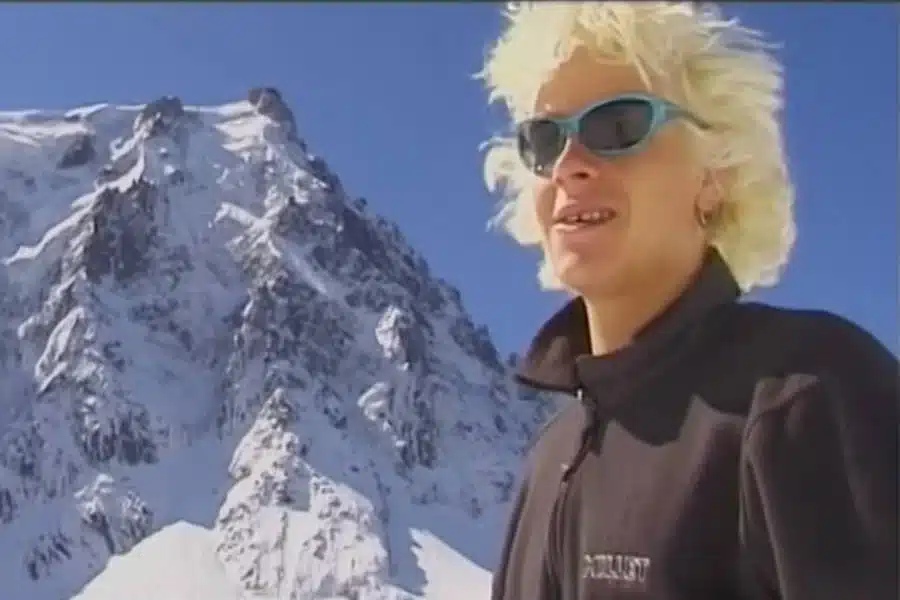
Marco Siffredi became the first person to descend the Nant Blanc on a snowboard.
In the fall of 1999, Siffredi snowboarded down the slopes of Dorje Lhakpa in Nepal, and he was now certain that Mount Everest was his goal.
Afterward, Siffredi returned to the Andes, where he completed several more challenging descents, most notably the 19,974-foot Huayna Potosi in Bolivia.
During his time in South America, Siffredi met with Russell Brice, a New Zealand mountaineer who was impressed by Siffredi’s skills.
The two discussed Mount Everest, and Brice fully believed that Siffredi could become the first person to snowboard down the tallest mountain in the world. However, he needed to train for the extreme altitude because Mount Everest is in a league of its own.
During this time, Siffredi was becoming more and more famous in the snowboarding community. Many brands reached out to him, hoping he would become their spokesperson. With his wild blonde hair and gap-toothed smile, the 20-year-old looked like the perfect face of a snowboarding brand.
But Siffredi turned down every single offer. He financed all of his trips by working at the campground run by his family. Siffredi could have achieved incredible results in the snowboarding competitions, but he was more focused on seeking bigger challenges.
In the fall of 2000, Siffredi returned to Asia after preparing for months to snowboard down Cho Oyu, the sixth-highest mountain in the world. His ride was successful, and Siffredi felt it was time to go to Everest.
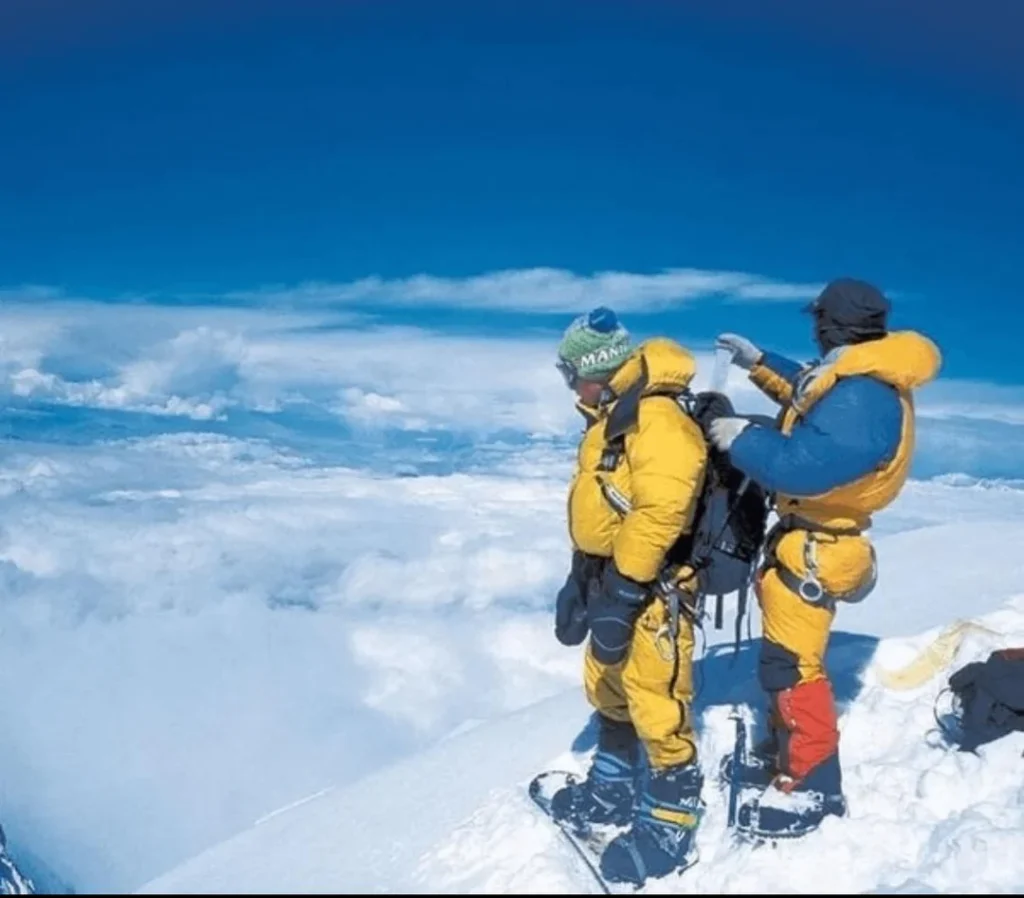
In May 2001, Siffredi got in contact with Brice, who helped organize his trip to the Himalayas. Around the same time, another snowboarder, Stefan Gatt, was also planning to descend Mount Everest. Gatt embarked on his climb a couple of days before Siffredi and was doing it solo.
On May 23rd, 2001, Siffredi stood on the roof of the world with two Sherpas who helped him with the equipment.
Even though Siffredi hoped to ride down the Hornbein Couloir, it was evident the route didn’t have enough snow. But Norton Couloir seemed safe for snowboarding, so he quickly switched to plan B.
Just after sunrise, Siffredi started his descent when a fastening strap on his snowboard snapped. One of the Sherpas quickly fixed it with a piece of wire, and Siffredi was on his way. He completed his 21,000-foot descent in two hours and arrived at Advanced Base Camp.
Soon, the news of Siffredi’s incredible accomplishment spread around the globe.
But what about Stefan Gatt? He reached the summit the day before and began to ride down the north wall. He quickly realized that the conditions were not suitable for a snowboard, so he walked down the 3,000 feet of the steepest terrain before strapping in again. It meant he didn’t ride his snowboard for the entire distance.
Despite his success, Siffredi felt he didn’t complete his primary goal.
The Holbein Couloir was still unconquered, and he was determined to return to Mount Everest. So in the summer of 2002, Brice and Siffredi’s Sherpa friends Phurba and Temba arrived in Chamonix to help with the plans for the second climb to Everest.
The Holbein Couloir
On August 8th, 2002, Siffredi left Chamonix for Kathmandu, where he met with his three Sherpas who would assist him in carrying the equipment to the summit of Everest.
Two days later, the team was off to Kodari and then continued to Tingri, where they picked up the supplies.
Siffredi arrived at Base Camp on August 14th, and once the clouds cleared the following day, he began inspecting the North Face with a telescope. The conditions seemed promising because the Holbein Couloir was covered in snow, but he also spotted a couple of avalanches.
The team spent nearly a week at Base Camp, acclimatizing to the conditions.
They arrived at Advance Base Camp on August 22nd, and the night brought in extra snow. In the morning, Siffredi looked at the North Face and noticed exposed rocks, suggesting an avalanche had occurred recently.
Over the following days, the team made their way to Camp 1. Snow was falling every afternoon, and Siffredi began suffering from headaches due to the change in altitude.
On August 31st, the team managed to reach Camp 2 even though walking through deep snow was making them more and more fatigued. The weather conditions worsened on September 2nd, but Siffredi learned via his satellite phone that clear blue skies are expected within a couple of days.
On September 7th, Siffredi arrived at Camp 3, placing him in the Death Zone. Just after midnight the following day, Siffredi and the Sherpas began their ascent to the top of the world.
They reached the summit at 02:10 pm on September 8th after more than 12 hours of trekking through chest-deep snow. All three were exhausted but also excited because of what lay ahead.
However, the weather began to change, and Phurba told Siffredinot to go. Probably thinking he might not get another opportunity, Siffredi replied he would rest for a bit and then descend the mountain.
Sherpa’s warnings were ignored. At 03:00 pm, Siffredi felt ready for the ride of a lifetime. Phurba helped Siffredi with his oxygen tank, and they said their goodbyes. They planned to meet at the foot of the mountain.
The Sherpas began their trek down to Camp 3 as clouds formed below. At 3:15 pm, they saw Siffredi make his way left to the Holbein Couloir.
Image 3
When Sherpas were 4,300 feet below Camp 3, both saw a man stand up and then slide down the mountain. When they reached that exact location, the snow was untouched. No snowboard tracks could be seen anywhere near.
Siffredi never completed his ride down the Holbein Couloir. His body was never found, and no one knows what happened to this bright and incredibly talented snowboarder.
One month later, a memorial attended by Siffredi’s family and friends was held at Base Camp. The mourners could still see snowboard tracks left by Siffredi as he began his descent from the top of the tallest mountain in the world.
Sources
https://www.snowboarder.com/gear/the-disappearance-of-marco-siffredi
https://www.mensjournal.com/travel/snowboarding-mystery-shrouds-mount-everest

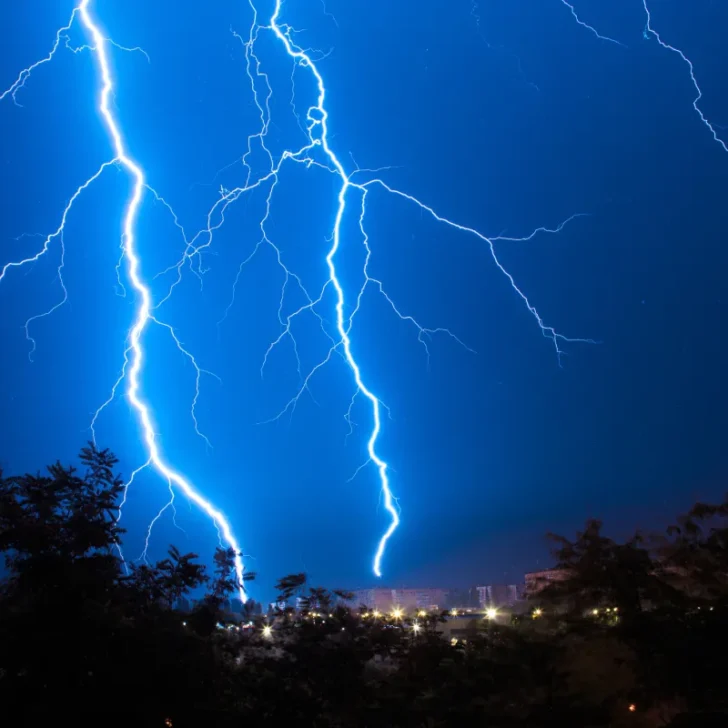
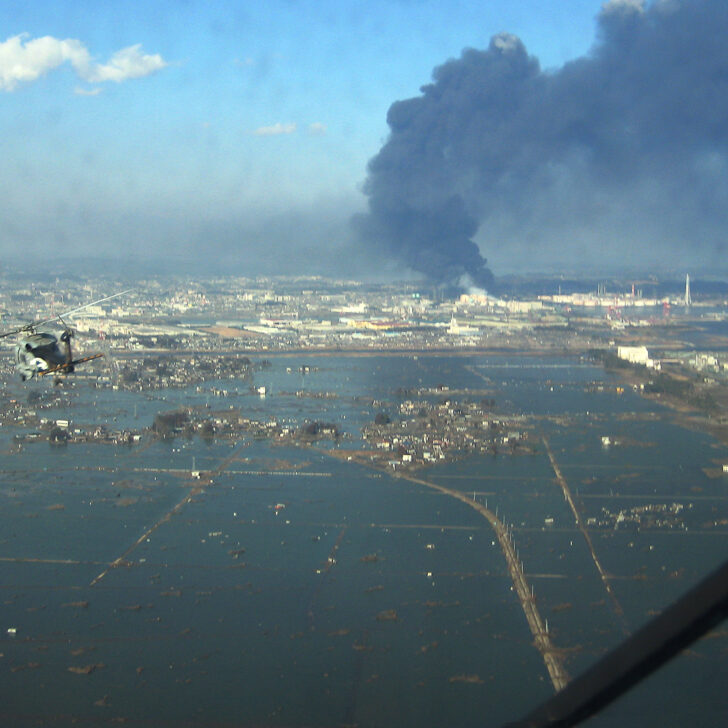

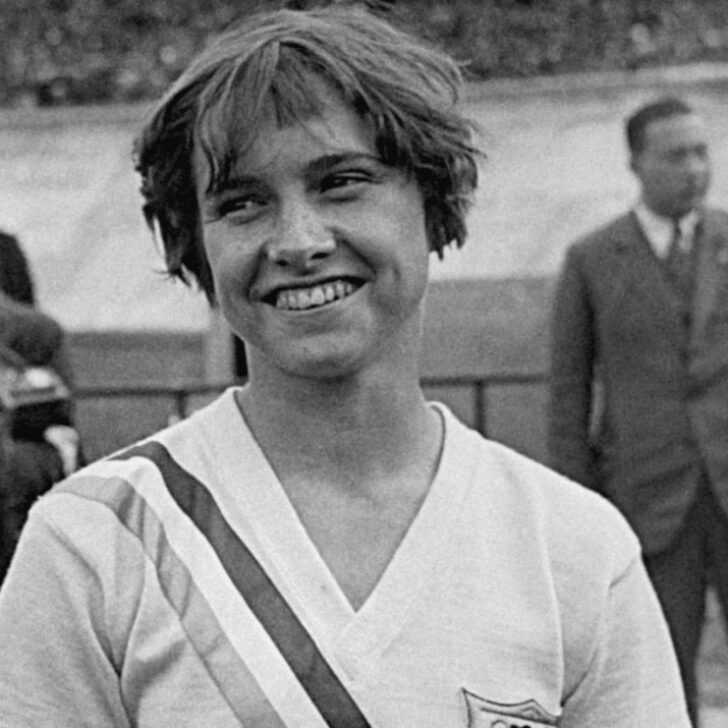
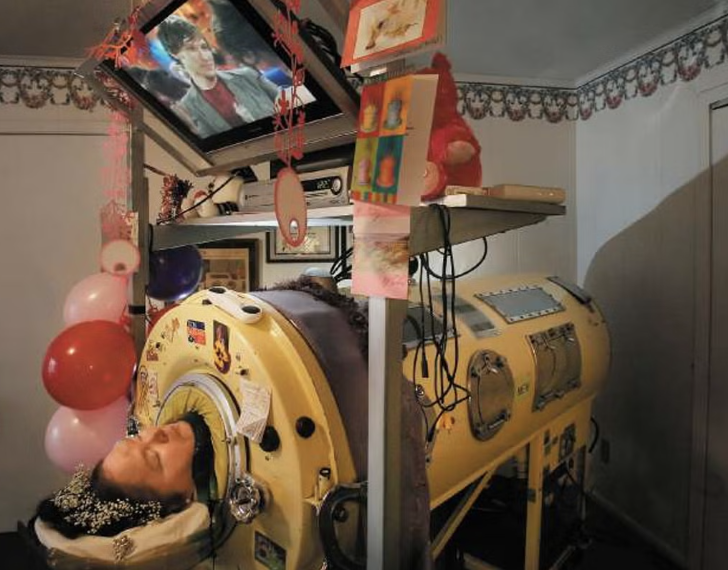
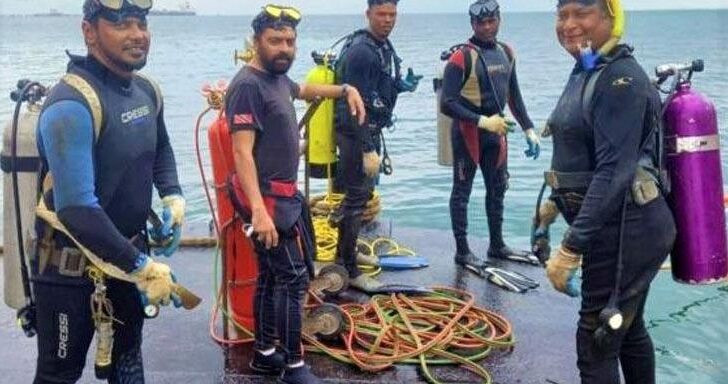
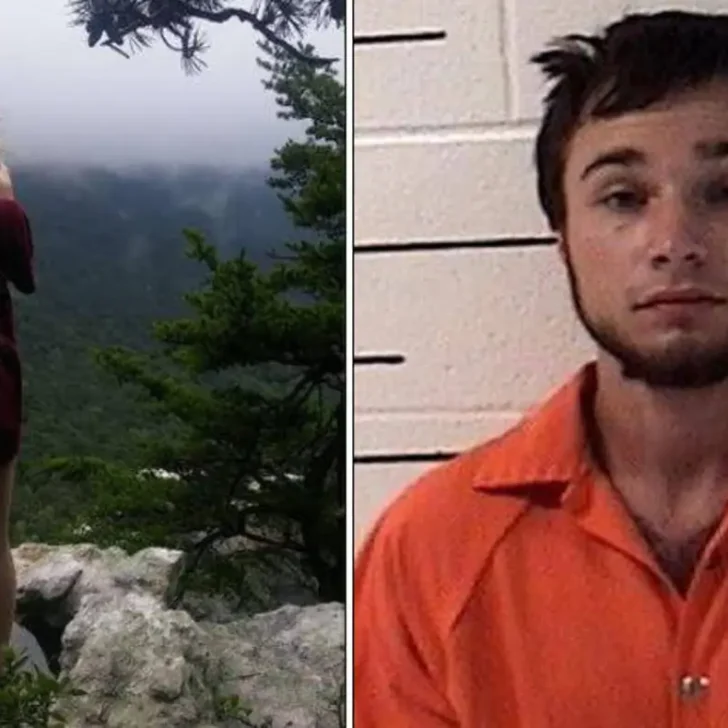
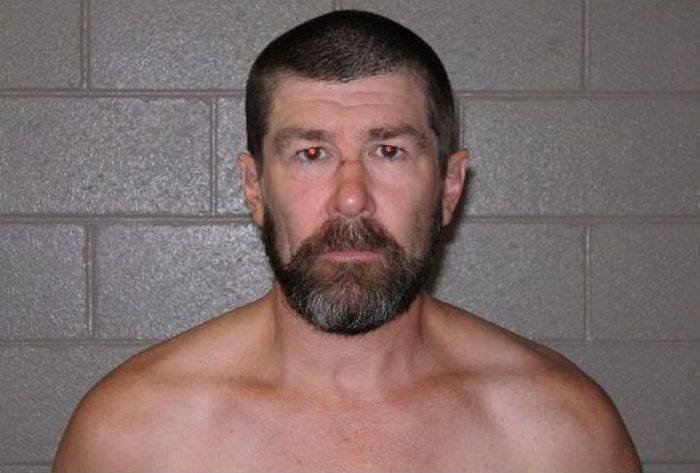
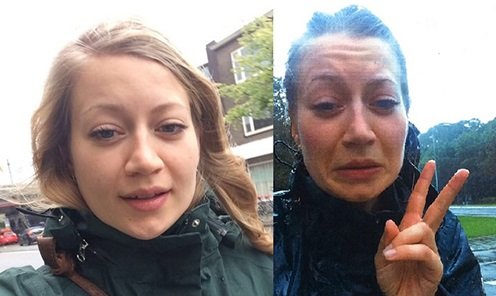
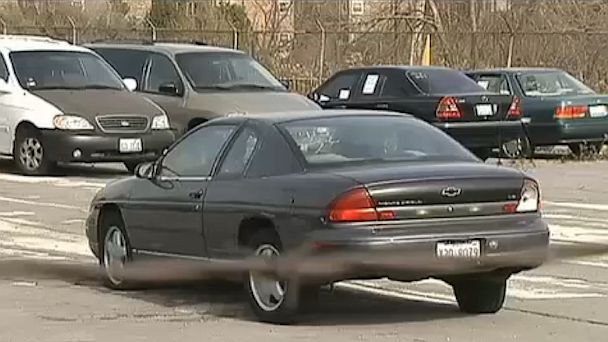
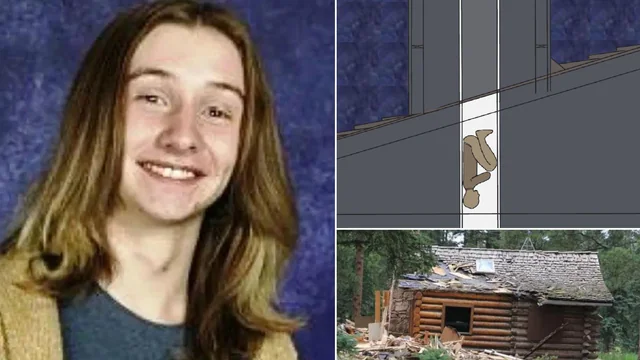
Leave a comment